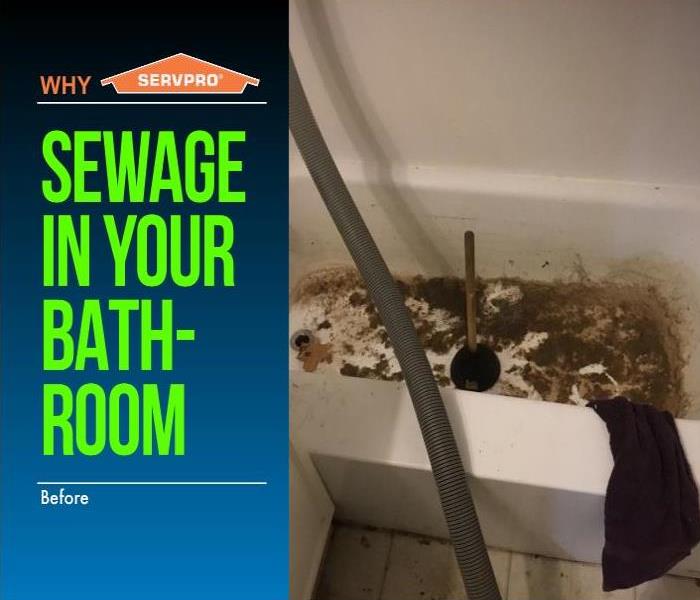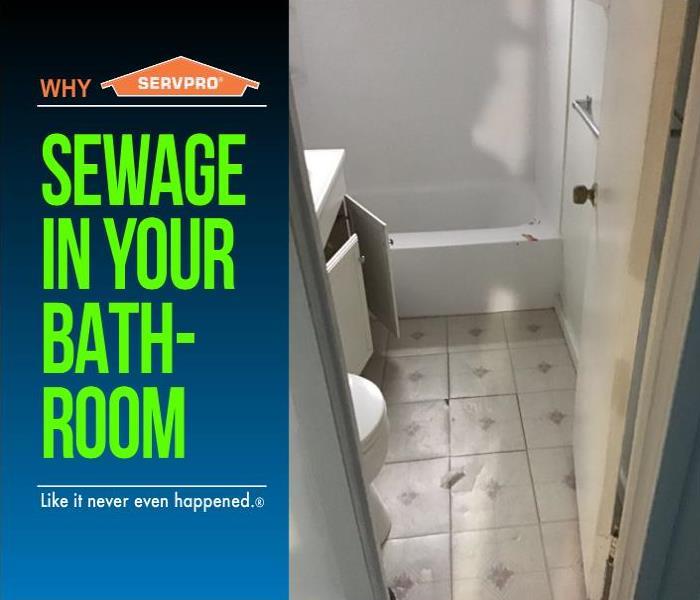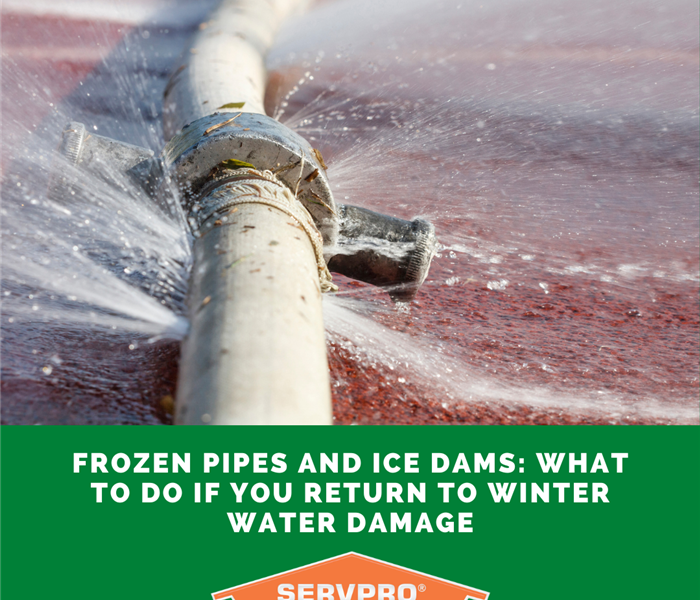
Step 4: Drying and Dehumidification
Our Water Damage Restoration Process
After the excess water has been extracted from your property, it might appear that the floors and walls are dry. However, upon closer inspection, they are likely still wet to the touch. This is because most building materials, such as wood, drywall, and flooring materials, are porous and can retain water.
The retained water in these materials can lead to further damage if not properly addressed. It can cause materials to break down, warp, or even develop mold. That's why it's crucial to ensure thorough drying and dehumidification processes are in place after water extraction.
AtSERVPRO of Norwood / West Roxbury, we understand the importance of properly drying and restoring your property after water damage. Our team uses specialized equipment to detect moisture levels and ensure that all affected areas are thoroughly dried. By addressing moisture in building materials, we can prevent further damage and mitigate the risk of mold growth.
If your property has experienced water damage, trust SERVPRO of Norwood / West Roxbury to provide expert drying and restoration services. We are committed to restoring your property to its pre-damage condition quickly and efficiently.
Drying / Dehumidification
Our Professionals will use room measurements, temperature, and relative humidity to determine the optimal number of air movers and dehumidifiers to dry your home or business. We’ll carefully monitor the progress using moisture meters until the materials return to acceptable drying goals.
- Use Dehumidification Equipment
- Use Monitoring Equipment to Track Progress
Monitor Floor and Walls
We check the moisture levels to monitor the drying process.
- Monitor Floors
- Monitor Walls
Drying Equipment
- Industrial-grade dehumidifiers help prevent secondary water damage like swelling and warping of floors, walls, and furniture.
- High-speed air movers create airflow across walls, carpets, pads, and furniture, which accelerates the evaporation of moisture.





 24/7 Emergency Service
24/7 Emergency Service





